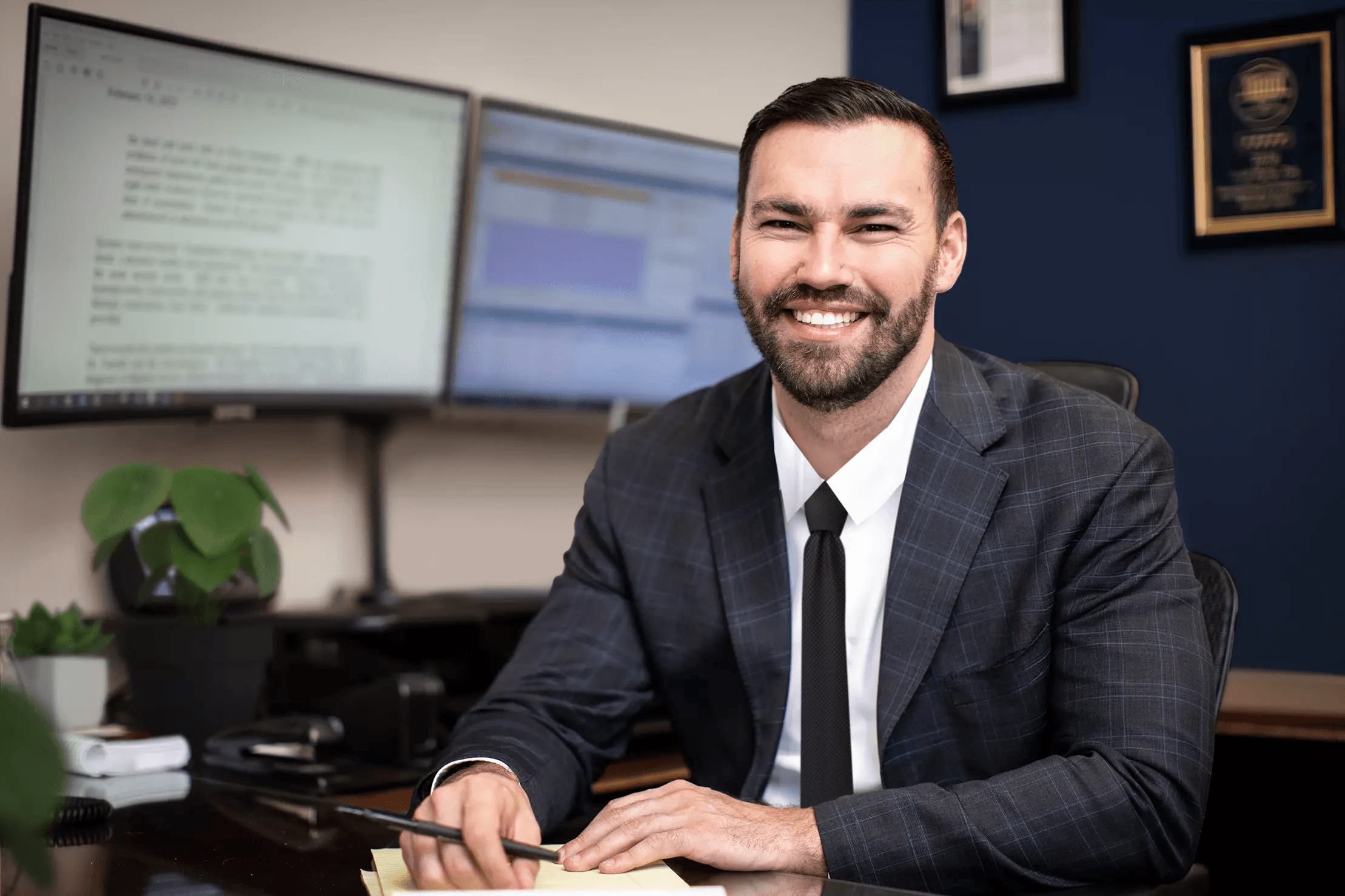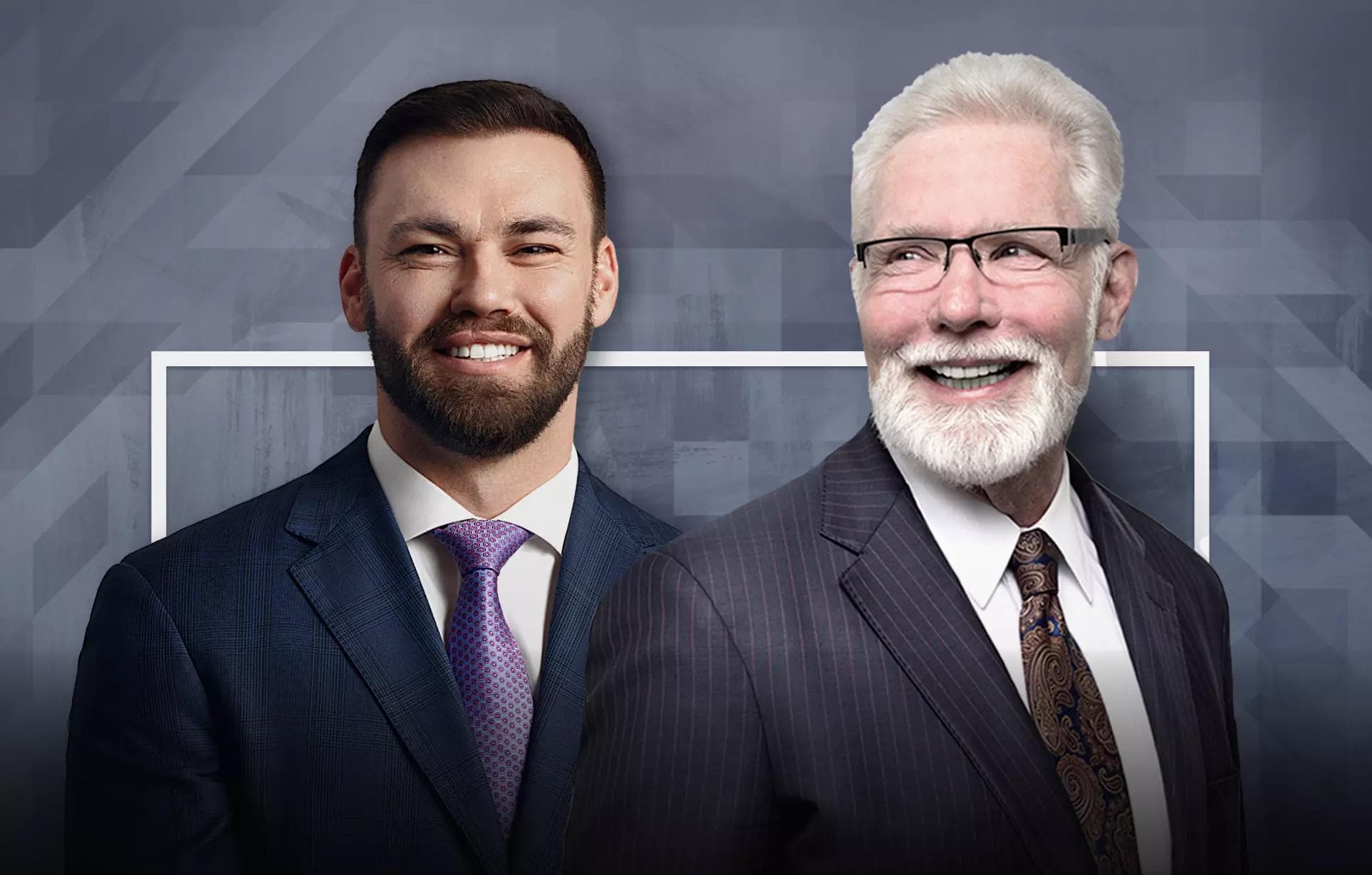
How Much Is a Personal Injury Settlement and What Actually Determines it?
Free ConsultationHow Much Is a Personal Injury Settlement and What Actually Determines it?
Quick answer: There isn’t a reliable “average” personal injury settlement. The value depends on provable damages, the strength of liability evidence, whether comparative fault applies, the number of insurance layers involved, and the credibility of a trial-ready legal team that preserves key evidence early and documents the full human impact with experts.
What is the most accurate way to estimate a personal injury settlement?
Skip the online calculators. A meaningful estimate starts by anchoring liability and damages in evidence. Liability asks: who is legally responsible and why? Damages ask: what did the injury cost you today and over a lifetime? When those two pillars are documented with records, testimony, and expert analysis, a settlement range emerges that reflects real trial risk and estimates.
Which damages are included in a personal injury claim?
Damages fall into two broad categories.
Economic losses are the numbers you can document: emergency care, hospitalization, surgery, rehab, prescriptions, mileage to appointments, household help you now need, past wages you missed, and future medical costs or reduced earning capacity if injuries change the way you work.
Non-economic losses capture what doesn’t come with a receipt, including physical pain, mental distress, loss of sleep, reduced enjoyment of hobbies and family life, and the loss of who you were before the injury.
In unusual cases of egregious conduct, punitive damages may be available to punish and deter.
How do you prove future medical care and lifetime impact?
Future care shouldn’t be a guess tucked into a demand letter. It’s a detailed plan. A life-care planner works with treating physicians to forecast surgeries, therapy, medications, imaging, pain management, orthopedic devices, home modifications, and caregiver support over time. A vocational expert evaluates how lasting limitations affect job options, while an economist converts those needs and losses into present-day dollars. This is the difference between asking for future costs and proving them.
Does hiring a personal injury lawyer increase settlement value?
Insurers evaluate risk. When a claim is supported by preserved evidence, expert reports, and a law firm known for trying cases, the risk of a substantial jury verdict becomes real. That’s when settlement offers tend to reflect full value. Contingency-fee representation levels the playing field because the firm advances the costs of investigators, depositions, experts, and trial visuals and is paid only if there’s a recovery. The result is leverage most individuals can’t create on their own.
When is it okay to handle a claim without a lawyer?
If there’s only minor property damage, no treatment beyond first aid, and zero dispute about fault, you might handle it yourself. The moment injuries require ongoing care, time off work, or multiple parties are involved, the claim quickly outgrows DIY. Early missteps can permanently depress value.
What evidence has the biggest impact on value?
Compelling claims rely on objective proof that answers two questions: what happened and how it changed your life. Scene photos, incident or police reports, 911 and body-cam audio, surveillance video, product or premises inspections, and witness statements pin down liability. Medical records that begin promptly and remain consistent, imaging and testing that corroborate symptoms, work records showing wage loss, and statements from family or co-workers about day-to-day limitations reveal the injury’s true cost. The earlier that proof is preserved, the harder it is for an insurer to discount it.
What deadlines apply and why do they matter so much?
Most injury lawsuits must be filed within a statutory window measured in years, but shorter, earlier claim deadlines often apply when a public agency is involved. Miss one of those and options can narrow dramatically. A strong case calendars every deadline on day one and sends preservation letters immediately so critical evidence doesn’t vanish while the clock runs.
How does comparative negligence change compensation?
If multiple people share fault, compensation is typically reduced by your percentage of responsibility. Insurers often push aggressive blame splits based on thin narratives: “you should have seen the hazard,” “it was a no-zone blind spot,” or “you had a pre-existing condition.” Objective evidence counters those claims and can shrink or eliminate percentage reductions that otherwise erode your recovery.
How do pre-existing conditions affect a claim?
They don’t automatically hurt your case. The law recognizes the “eggshell plaintiff” principle: a wrongdoer takes the injured person as they find them. The key is differential proof by showing with records and expert opinion how the incident aggravated a prior condition or transformed an asymptomatic problem into a disabling one. When the before-and-after evidence is clear, pre-existing issues can actually sharpen causation rather than weaken it.

How long does a personal injury case take?
Timelines depend on injury severity, medical stabilization, the number of defendants, and whether litigation is necessary to obtain documents and testimony. Many claims are ready for serious negotiation once treatment plateaus and future needs are defined. Complex or catastrophic cases may require depositions, expert workups, and motion practice; those steps add time but usually add value. Well-prepared files tend to settle sooner because they leave little room for doubt.
What is insurance bad faith and can it change the outcome?
Insurers must investigate fairly, communicate honestly, and evaluate claims in good faith. Bad faith is the opposite: stonewalling, low offers without a basis, cherry-picking records, or misrepresenting policy terms. Documenting delays and missteps can unlock additional remedies in some jurisdictions and often shifts negotiation posture. This is another reason to keep a timeline and preserve communications from day one.
What should you do in the first 72 hours to protect your claim?
Within the first three days after your personal injury, you should:
- Get evaluated promptly, follow medical advice, and keep every discharge note, referral, script, and receipt.
- Photograph the scene, hazards, shoes or equipment involved, and visible injuries; save damaged items and clothing.
- Capture witness names and contact info, and request incident or police report numbers so records can be retrieved quickly.
What common mistakes reduce settlement value and how do you avoid them?
Avoid these mistakes after a personal injury:
- Giving a casual recorded statement or signing blanket medical releases before you understand the scope of your rights.
- Gaps in treatment or “toughing it out,” which insurers frame as proof the injury wasn’t serious or wasn’t caused by the incident.
- Posting on social media about travel, workouts, or activities that can be taken out of context to challenge your limitations.
How do you choose the right personal injury lawyer?
Use this as a checklist to find a proven personal injury lawyer:
- Look for a track record of significant verdicts and settlements in complex injury matters — not just quick, low-value deals.
- Ask about immediate evidence-preservation protocols, access to top medical, vocational, and economic experts, and clear communication with a single point of contact.
- Favor firms that prepare every case as if a jury will decide it. Remember, carriers negotiate differently when trial is a credible option.
Why does trial readiness matter even if you expect to settle?
Because settlement numbers are anchored to perceived trial risk. When a law firm demonstrates it can pick a jury, present experts clearly, and withstand defense tactics, the “what if we lose at trial?” column on the insurer’s spreadsheet gets very real. That pressure is what moves offers from cost-of-doing-business to genuinely restorative.
What should you expect from a full-service personal injury team?
Expect speed in preserving evidence, organization in gathering and explaining medical records, coordination with specialists even if you lack health insurance, and careful handling of wage-loss documentation from HR or your clients if you’re self-employed. Expect lien negotiation to maximize your net recovery and proactive communication so you always know what’s next. Most of all, expect your story to be told in a way that decision-makers can’t ignore because it’s rooted in facts.
Final word and your next step
A personal injury case isn’t about chasing an “average.” It’s about building your case, proving fault, documenting the full financial and human impact, and creating the leverage that leads to fair resolution. That’s what a trial-ready team does with no upfront fees and with the resources to go the distance.
If you’re ready to understand what your claim may truly be worth and how to protect it, contact PARRIS Law Firm today. Call or chat for a free consultation, and let us start preserving evidence, coordinating care, and fighting for the full value of your recovery.







